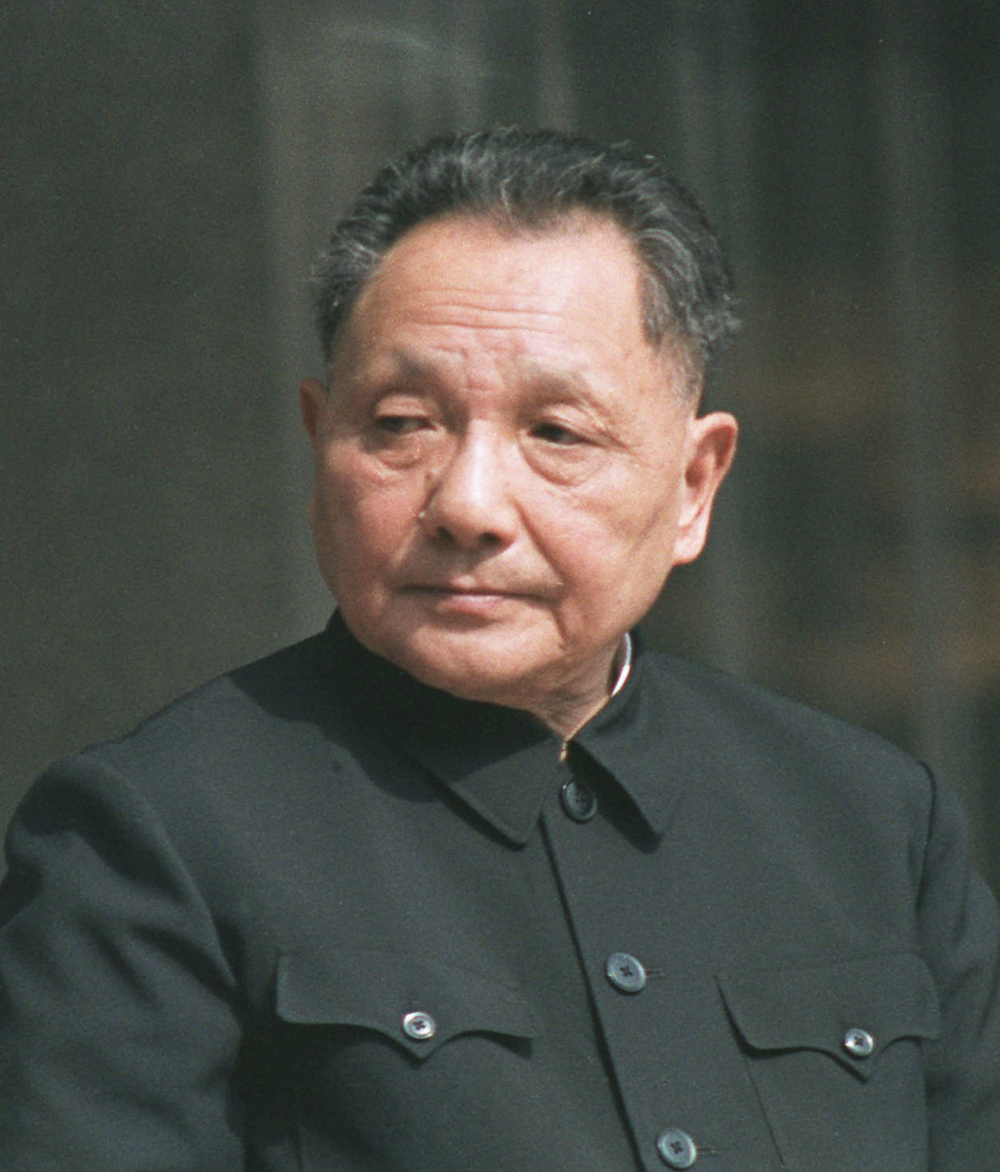

During the spring of 1978, 130,000 victims of the Anti-Rightist Movement who had been removed from their positions in 1957, recovered their social statuses. After Deng came back to work, he started to fix some political decisions of Mao's era. On the other hand, on July 21, 1977, during the 3rd Plenary Session of the CCP's 10th Central Committee, Deng Xiaoping resumed his positions as Prime Minister of the State Council and Vice-Chairman of the CCP.
Picture of deng xiaoping struggle session full#
Hua claimed that they would honor Mao's policy and his instruction to the full extent. For proving his legitimacy, Hua instructed Wang Dongxing to let the People's Daily, People's Liberation Army Daily, and Red Flag magazine to publish an editorial now known as the " Two Whatevers". On the following day, Hua was voted in as chairman of the CCP and chairman of the Central Military Committee by a joint meeting of the First Secretaries of the Provincial Party Committees and the Politburo of the Central Committee of the CCP. On October 6, under the support of Ye Jianying, Li Xiannian, and other members of the Politburo, Hua Guofeng arrested the Gang of Four. The Discussion on Criteria of Truth Īfter Mao Zedong's death occurred on September 9 of 1976, with Hua Guofeng as Mao's successor, he felt threatened by the politically domineering Gang of Four. On April 7, Mao Zedong proposed that the Politburo of the Central Committee of the CCP denounce Deng Xiaoping's official positions and that Hua Guofeng would assume Deng's positions as Prime Minister of the State Council and the Vice-Chairman of the CCP. Deng Xiaoping was announced as the "black hand" of the movement. This incident was also called the April 5th Movement. In response, Mao ordered the police and the PLA to disperse the people, and around four thousand were arrested. They wrote poems and put up big character posters in Tiananmen Square to mourn for Zhou and express their anger towards the impious Gang of Four and the destructive Cultural Revolution. On April 5, at the Qingming Festival, thousands of Beijing's residents gathered in Tiananmen Square. Premier Zhou Enlai, a widely respected senior CCP leader, died on January 8, 1976.

The core of the Democracy Movement was composed of former Red Guards. This big character poster proved that people started to re-evaluate the Cultural Revolution and political system of China. The 67 pages of the paper focused on: (1) Damage to the citizens caused by bureaucratic corruptions of the Chinese Communist Party during the Cultural Revolution and (2) the need to practice democracy and a legal system in China. On November 19, 1974, Li Yizhe's paper appeared on a wall in Guangdong Province. In 1971, Lin Biao's attempted coup and death deeply shook the collective peoples' faith on Mao and the Cultural Revolution's ideology. This movement caused a lot of red guards to feel purposely abandoned by Mao. But, in 1969, after using students in restoring the social order, Mao launched the " Down to the Countryside Movement" to exile the student "Red Guards" to rural areas. In 1966, when Mao Zedong launched the Cultural Revolution, millions of middle school, high school, and college students answered Mao's call, being organized as the " Red Guards" to rebel and root out the " capitalist roaders" from within the Chinese Communist Party.


 0 kommentar(er)
0 kommentar(er)
